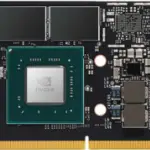Capacitance is an important concept to understand – along with how capacitors work, and what they are used for! If you’ve ever wondered about these topics, then good news – this article will help you to understand them!
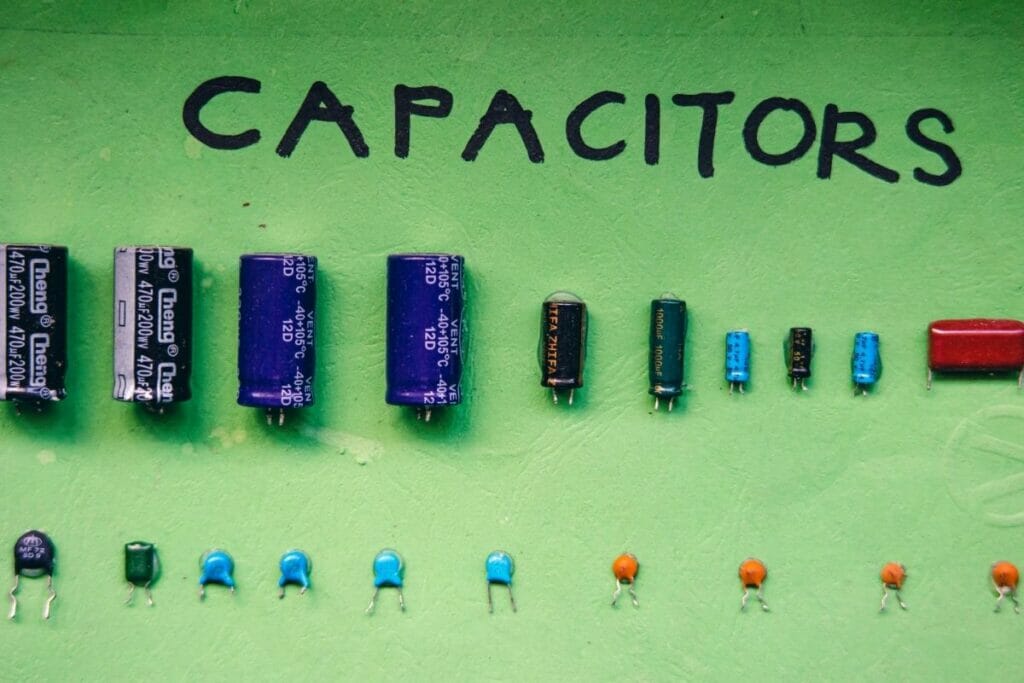
What Is Capacitance?
Capacitance is the ability of a material to store an electric charge in it.
The amount of charge stored depends on the type and density of the material, its shape, and how much voltage there is across it.
What Is A Capacitor?
A capacitor stores energy when connected to a circuit. When disconnected, the stored energy flows out of the capacitor. Capacitors store energy in an electric field created by a positive and negative pole.
Capacitors are used in many electronic devices such as radios, televisions, computers, cell phones, and cameras. They are also used in power tools, medical equipment, and other products.
Capacitors are made out of materials including ceramic, paper, plastic, rubber, fabric, glass, and silicon. Electrolytic capacitors are used in many electronic devices.
They store energy as electricity charges inside the capacitor while the device is off. When the device needs power, the stored energy is released quickly. This allows electronics to work without having to constantly recharge batteries.
Capacitors are usually made out of aluminum foil and plastic. Aluminum foil is rolled up into cylinders and dipped in oil. A positive terminal is attached to the bottom of the cylinder and a negative terminal is attached at the top.
Plastic is then added around the outside of the cylinder. The plastic acts as a barrier to prevent moisture from getting inside the capacitor.
How Does A Capacitor Work?
The basic components of a capacitor are two conductive plates separated by some insulator (dielectric). When a DC voltage is applied between the plates, positive charges move from one plate to the other until they reach equilibrium. This process is called charging.
The dielectric material has a certain amount of “space” (or volume) available for the accumulation of electrons. If we apply a voltage across the capacitor, the electrons will move toward whichever conductor has more electrons.
This creates a net flow of electrons through the dielectric material, which can be measured as current.
Once the voltage reaches a certain level, known as the breakdown voltage, the dielectric becomes electrically polarized.
If the voltage continues to increase beyond this point, the dielectric will begin to break down and become electrically conducting.
At this time, current can no longer be sustained within the capacitor. This is known as discharging or “punching out”. A capacitor stores more energy when it is charged than when it is discharged. The amount of energy stored per unit volume is called capacitance.
The term “capacitor” has been used for many types of devices over the years.
For example, the word was originally used to refer to any device which could hold a static charge. It wasn’t until the 19th century that the use of the word began to change. Before then, the word referred only to devices made with two parallel metal plates held apart by a thin layer of insulation.
Today, the word refers to all kinds of electronic circuits that have at least two electrodes separated by a non-conducting medium.
How To Measure Capacitance
There are several ways to measure capacitance:
- Using a digital multimeter, you can measure the direct current (DC) value of the capacitor’s terminal voltage. You would connect the meter leads to both terminals of the capacitor and read the voltage reading.
- Using a frequency counter, you can measure the AC (alternating current) value of the capacitor. An alternating current is one that changes direction periodically.
- To do this, you would connect the meter leads directly to the capacitor and set the oscillator to 1 KHz. Then, turn the dial slowly until you see the meter needle jump back and forth between 0V and +/– 5 V. This tells you the average value of the capacitor’s voltage.
- Using a voltmeter, you can measure the peak voltage of the capacitor. Connect the meter leads to each terminal and adjust the meter so that the needle reads the maximum voltage.
- By using a circuit simulator such as LTspice, you can simulate the behavior of your circuit and calculate the capacitance based on the results (see also ‘How To Calculate Duty Cycle‘).
What Is Capacitive Coupling?
Capacitive coupling occurs whenever two objects are close together and connected by a conductor. When one object is charged, the other nearby object also gets charged. This phenomenon is called mutual induction.
Capacitive coupling is important because it allows us to transfer power without having wires physically connecting the source and receiver.
For example, if we were trying to send a signal across an ocean, we couldn’t just string up a wire and hope that someone else picks up our signal along the way. We’d need to find another method of transmitting information.
Fortunately, there are many methods available to us including radio waves, microwaves, infrared light, etc. However, in order to make these signals travel far enough, we must first couple them to something that travels much farther.
How Are Capacitors Measured?
In most cases, the capacitance of a capacitor is measured in microfarads (μF), picofarads (pF), or femtofarads (fF).
Most modern electronics use picoFarad (pF) capacitors. These are extremely small capacitors, but they still contain millions of electrons.
A typical 100 pF capacitor will store about 10 nanocoulombs (nC) of charge.
The amount of energy stored in a capacitor depends on its size and shape. If you want to know how much energy is stored in a particular capacitor, you’ll need to know its area and volume.
Area is simply the surface area of the dielectric material. Volume is the total space inside the container.
Stray Capacitance
A stray capacitance is a type of capacitance that occurs when there is a gap between two electrical components.
In electronics, a stray capacitance is usually undesirable because it causes interference and noise.
Stray capacitances are most commonly seen between the input and output pins of integrated circuits.
However, there may also be stray capacitances between any pair of pins on a circuit board. These capacitive couplings can affect the operation of a circuit. For example, they can cause signal degradation and interfere with other circuits.
Conclusion
Hopefully this article has helped you to learn about capacitance and capacitors!
- How To Uninstall Packages On Ubuntu - March 13, 2024
- How To Restart Ubuntu Using The Terminal - March 13, 2024
- What Is The Steam Deck | Experience Modern Handheld Gaming - March 12, 2024

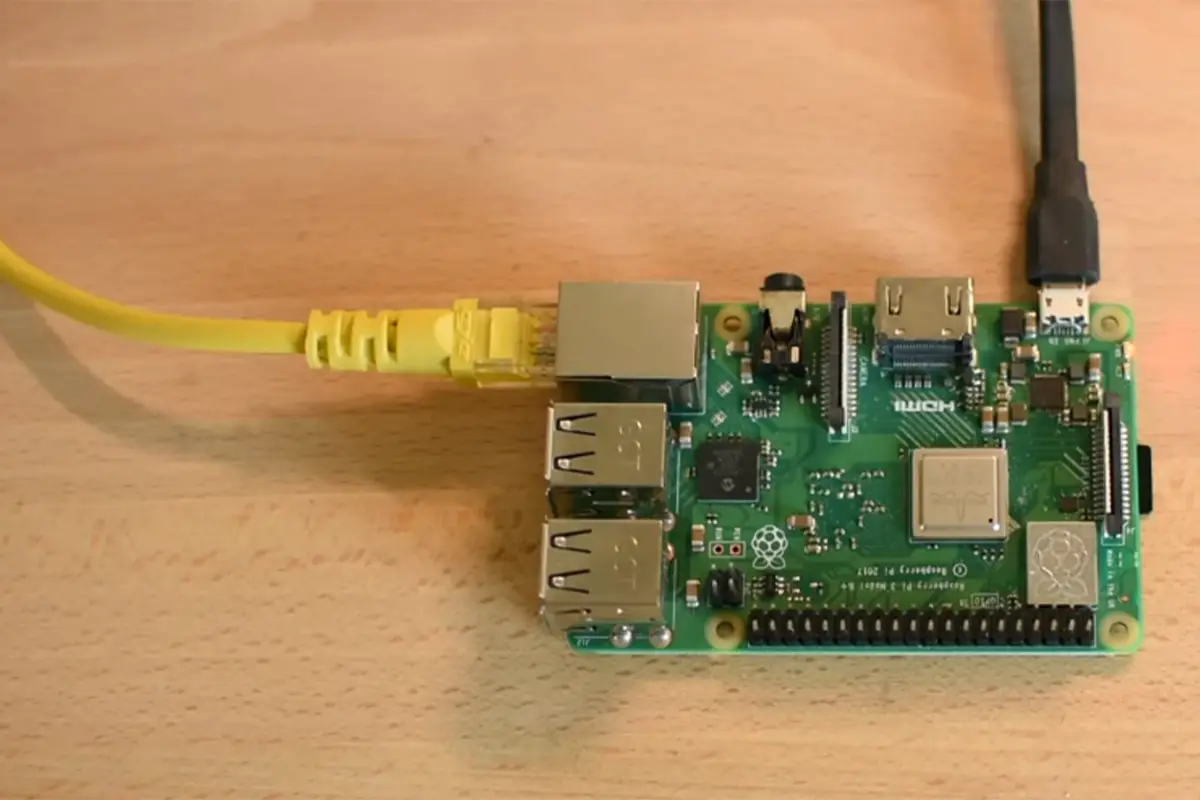

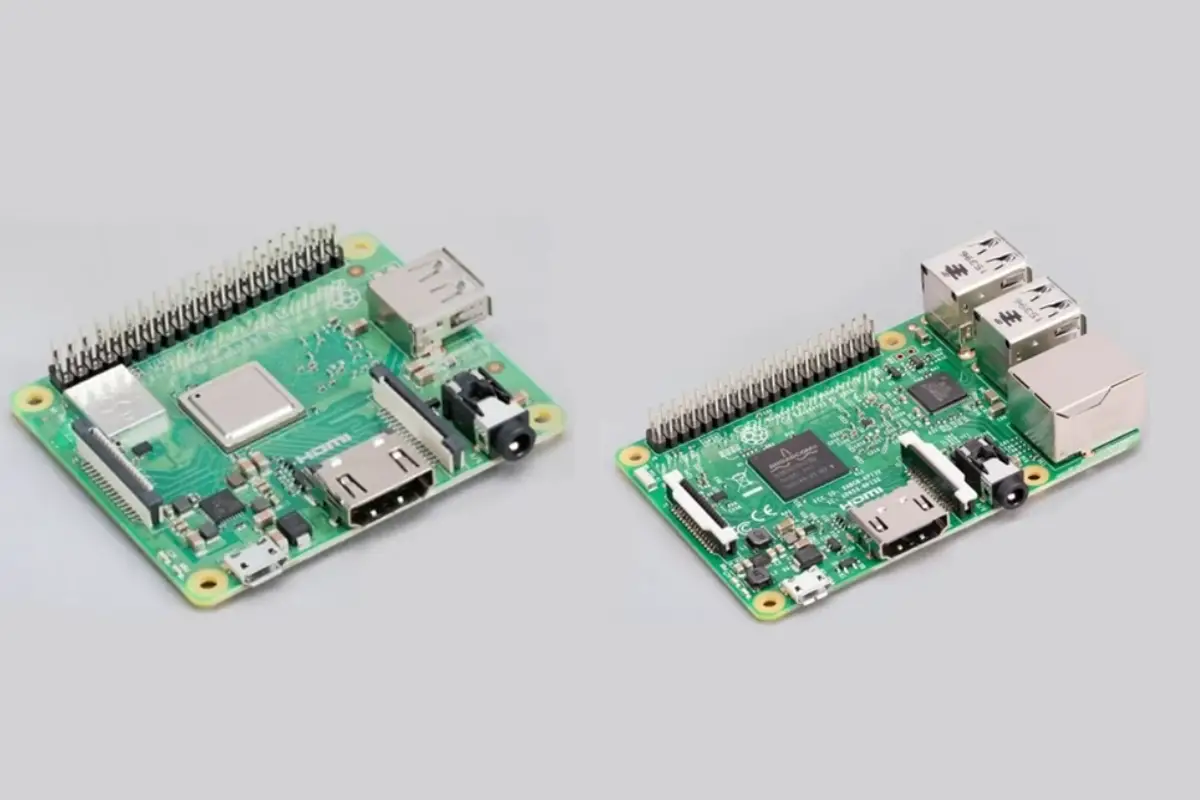

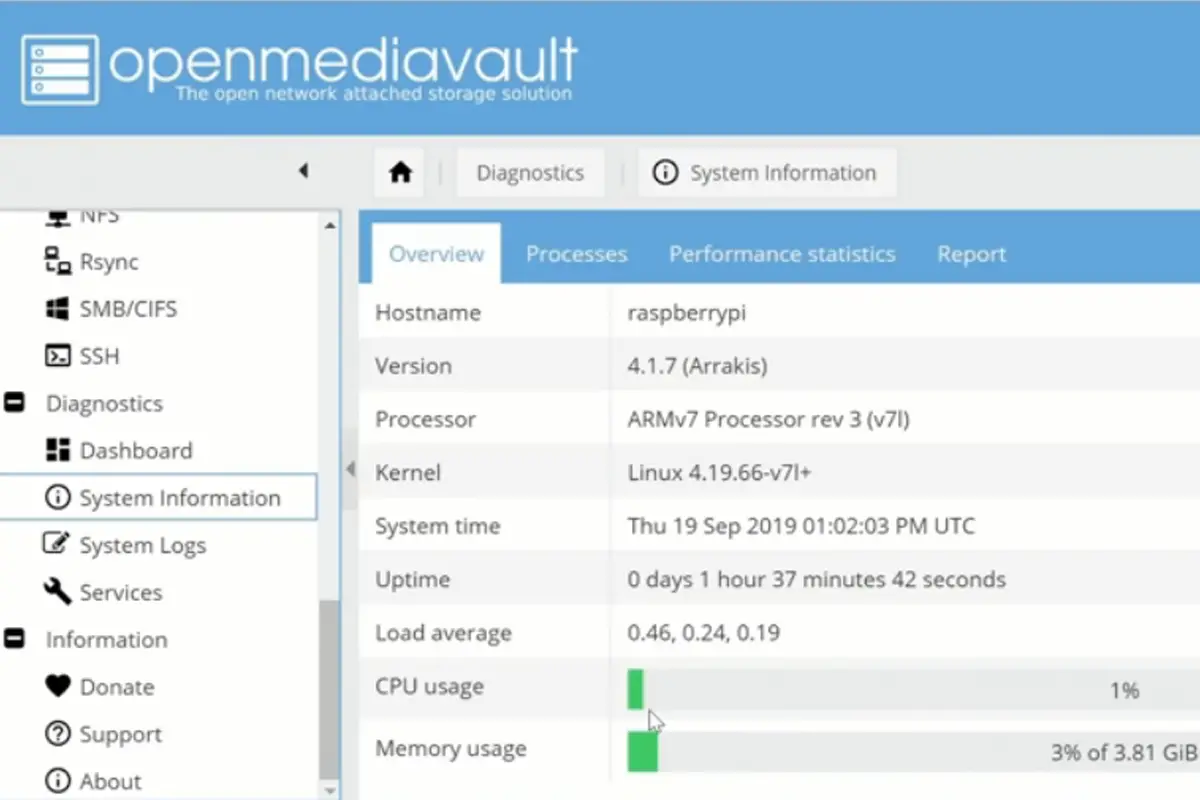
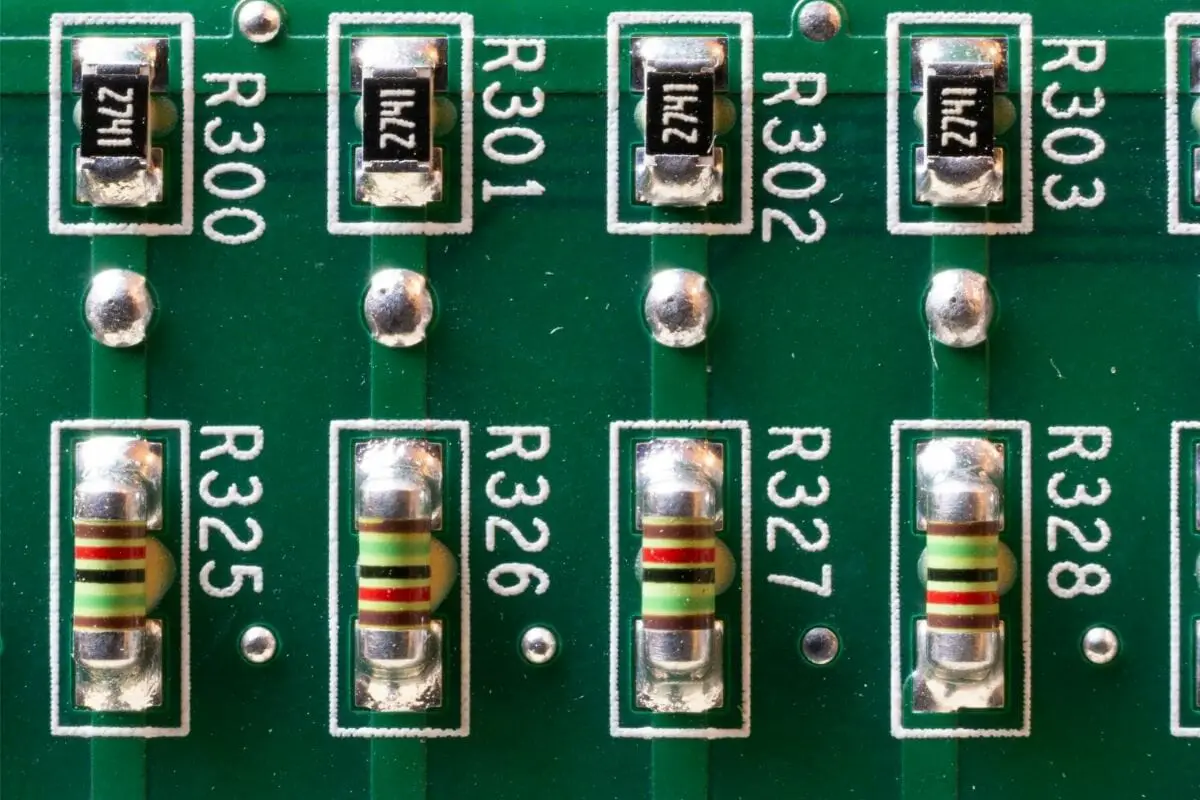
![How To Install Magic Mirror On Your Raspberry Pi [Ultimate Guide] rasp-featured-6](https://raspians.com/wp-content/uploads/2023/12/rasp-featured-6-150x150.jpg)
